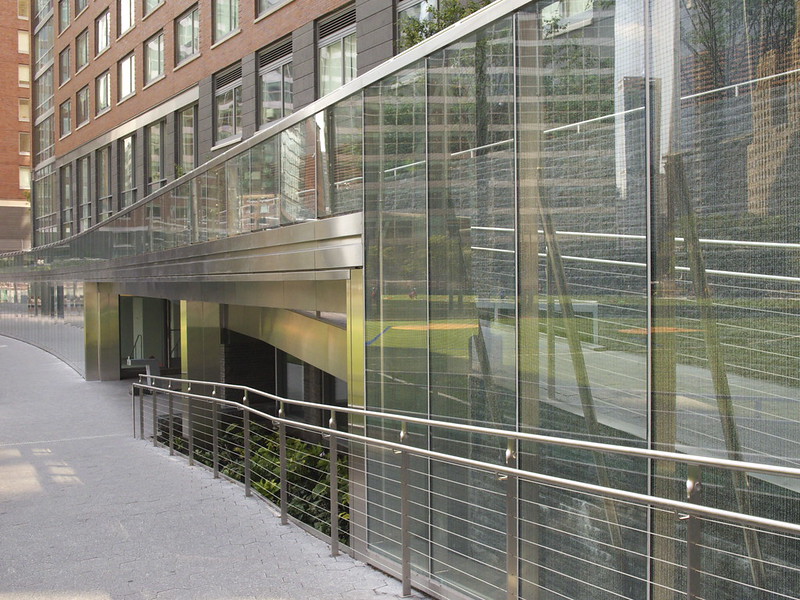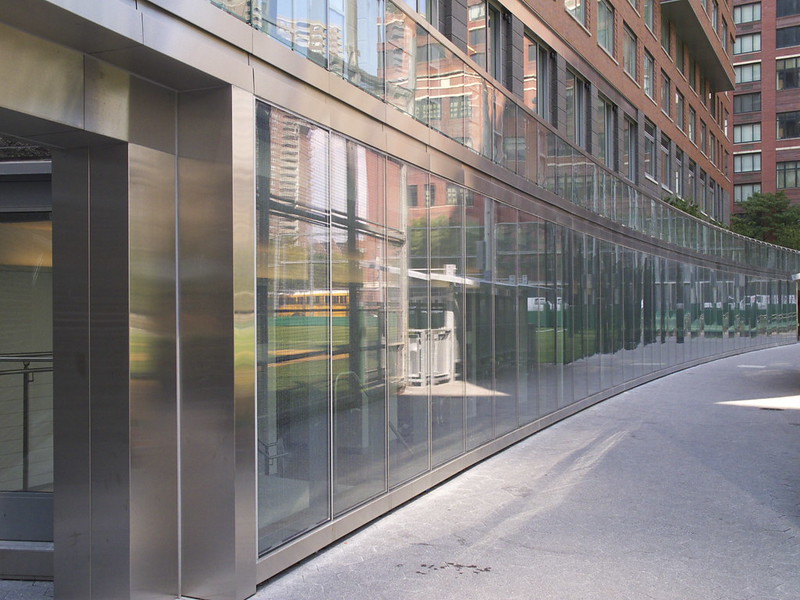Artifice Books on Architecture, 2014
Hardcover, 144 pages

On my first encounter with the title phrase "shape of sound" my thoughts did not go to, say, how the shape of a room makes sounds reverberate, or some other architectural thought. Instead I was reminded of a couple scenes from 1993's Thirty Two Short Films About Glenn Gould, a great film about the Canadian pianist who died in 1982 at only 50 years old. The scenes – "Truck Stop" and "The Idea of North" – come back-to-back roughly in the middle of the film and are appropriately related to each other (the embedded YouTube clip below is set to play the two scenes). In the first scene we see Gould enter a truck stop diner and selectively hear conversations within the noisy space; and in the second one he moves about a sound studio and gestures as if to conduct the recorded voices that overlap each other. In each scenario space is mundane yet important: The conversations surround Gould in the diner to shape the space more than the walls and windows, and in the radio recording he creates a space of sound through the layering of voices.
Although these scenes do not directly apply to architect Victoria Meyers' book on sound and architecture, I find a similar approach to sound in that she considers it in a general manner, designing some buildings for maximum reverberation, others for silence, and even one as a piece of sonic interaction. Therefore the projects in Shape of Sound, be they designed by hanrahan Meyers architects (hMa) or some other studio, are diverse in how they approach sound as an integral part of existence and experience. In other words, the book is not a collection of concert halls, recording studios and sound installations, though these types are not necessarily excluded for the sake of others.

[Digital Water Pavilion | Photo by John Hill]
One of the hMa buildings, the one that graces the cover and is shown here, is the Digital Water i-Pavilion (DWiP), which houses recreational facilities and overlooks One World Trade Center in Lower Manhattan. As one of the last elements in Battery Park City, the pavilion adds some much-needed open space and low-scale building to the neighborhood built upon landfill. It also incorporates a sound piece by composer Michael J. Schumacher. "Where is it?" you may ask. It is located on the long glass facade that arcs from one street to the next and fronts a playing field on the east. The composition, called WaTER, is "found" in the frit pattern that covers the glass (also acting as a means of filtering direct sunlight) and then "played" with a smartphone app. It is just one manner of making a relationship between sound and architecture, in this case via technology and architectural materials.

[Digital Water Pavilion | Photo by John Hill]
Meyers examines sound through eight chapters: Form, Materiality, Windows, Sound Urbanism, Reflection, Virtuality, Sound Art, and Silence. The buildings of hMa are found within each chapter, but they are accompanied by other architects' projects as diverse as a Le Corbusier church built after he died and a sound/light installation created for the 2004 Olympics. Considering that the hMa projects are found in multiple chapters (DWiP is in Sound Urbanism and Virtuality, for example), the book reads like something between a monograph and a treatise. It's a commendable approach that firmly anchors Meyers' work into a particular way of thinking about architecture, while also being generously open to other voices and positions. So come to think of it, maybe the book is like the Glenn Gould scenes after all, since they both embrace the cacophony of sounds around to create something special.
0 comments:
Post a Comment